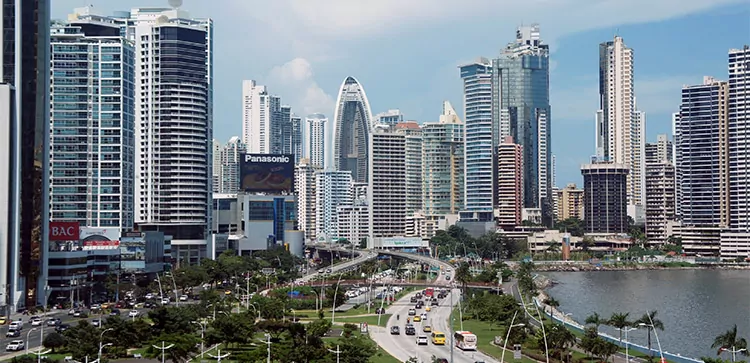
How To Manage A Rental Investment Property In Panama City
Short Term Or Long, A Panama City Rental Is A Solid Investment
My original investment idea here was to furnish the unit and rent it out short term. That was a profitable plan for the first 18 months. I was a long-distance landlord at the time but had a good local property manager.
When I moved to Panama full-time, I decided to switch the apartment to long-term furnished, for a couple of reasons. First, this was 2008, when the short-term market softened in Panama City (as it did many places around the world). Second, a short-term rental, even with a good management company to take care of it for you, is more work than a long-term rental.
Long-Term Vs. Short-Term Rentals
That said, generally speaking, I don’t recommend long-term rentals in most markets unless you are living in the country. Rental laws worldwide almost always favor the tenant. Relying from afar on a rental manager to deal with a bad tenant can be disastrous…and eviction laws can be onerous. Short-term units generally rent to tourists, meaning you can be reasonably assured that your tenant eventually will have to leave the country; eventually, his tourist visa will run out.
A long-term furnished rental can give you some edge on the tenant-versus-landlord front. You own everything in the apartment other than the tenant’s clothes and personal items, meaning that, push come to shove, you can simply change the locks (even if that isn’t technically legal in most cases).
The other downside to renting long term is that you usually don’t make as much money as you can renting short term. Over the last five-plus years that I’ve rented my Panama apartment long term, I’ve had steady cash flow, but I certainly could have netted more had I rented short term. Most of the other units in the building are short-term rentals, and they are occupied better than 70% of the time. Definitely, the short-term market has returned in this city.
Further, renting short term allows you to keep up with maintenance. I’ve been inside this rental only once in the last five years (to help manage the installation of a new air conditioner). The apartment was mostly fine, but I noticed a big crack running down one wall. Panama has earthquakes and the tall buildings here can shift when the earth quakes. That’s probably the cause of the crack in question, and, had the apartment not been occupied full-time, I would have taken care of it. However, the tenant has never complained, so I’ve not followed up. Probably there are other problems, too, which I’ll address now as soon as the tenant moves out.
Which leads me to my point. Now that this longtime tenant is leaving, should I take this as an opportunity to shift back to renting short term? And, if I decide to continue renting long term, how much renovation and maintenance work should I invest in before turning the place over to a new tenant?
One difference today from five years ago is that, in the interim, Panama has passed a law making it illegal to rent for fewer than 45 days. Many places have implemented similar laws, including Colombia, where rentals under 30 days are illegal unless your building HOA specifically allows for them in its bylaws…and Paris, where any rental of less than a year is technically illegal (regardless, the large and well-established short-term rental industry in Paris continues to thrive…I love the French).
Panama’s law against rentals of fewer than 45 days is a result of lobbying by the Panama City hotel industry, which sees short-term rentals as cutting into their business. While some travelers might choose a furnished apartment over a hotel room for a visit of a few days, the threat to the hotel industry is minimal.
Panama’s 45-day law aside, I’m leaning toward sticking with long term for this unit…even though the numbers don’t support the decision.
At the long-term rent I’ve been charging (and I probably could increase this a little for a new tenant), , the net yield on the current value of the apartment works out to about 8% per year. Projecting an average occupancy rate of 70% and taking into account the extra costs of renting short term (management fees and utilities), the net yield going that route could be as high as 14% per year.
But renting short term, as I said, is more hassle. It also causes wear and tear that, for me, right now, isn’t worth the extra return.
Bottom line, though, and to get to the real point, Panama City rental returns, however you generate them, are solid and will continue strong,, I believe, for years.
Lief Simon
Mailbag
“Lief, I just read your article on the mango plantation investment opportunity in Panama. The description of the fruit and its resistance to pests sounds exactly like that of a GMO product. Is that the case? Are these mangos GMO’s?”
B.C.
No, the mangos aren’t GMO. The variety of mango being planted is a cross-bred tree that produces fruit with the qualities you describe. However, there’s been no DNA alteration to either the fruits or the trees as would be done for a GMO product.



